I have to hand it to them for stepping up right away and offering real solutions. After all, the stakes are high.
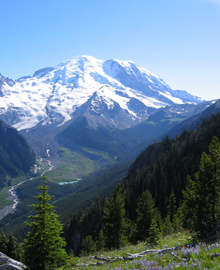 A collection of tourism industry folks, from Red Lion Hotels to the Port of Seattle, convened a summit in SeaTac last week attended by about 450 people tied to travel and tourism. The purpose? To present initial plans going forward without a Washington State Tourism office. The state-funded agency, who just four years ago enjoyed a doubling of its budget along with a mandate from Governor Gregoire to grow tourism, will close its doors on June 30.
A collection of tourism industry folks, from Red Lion Hotels to the Port of Seattle, convened a summit in SeaTac last week attended by about 450 people tied to travel and tourism. The purpose? To present initial plans going forward without a Washington State Tourism office. The state-funded agency, who just four years ago enjoyed a doubling of its budget along with a mandate from Governor Gregoire to grow tourism, will close its doors on June 30.
The state budget is in shambles. Everyone knew this was coming, but it still stings. I felt it in the room, I heard it in the voices of the winemakers and innkeepers I talked with who’d gathered there, hoping to be reassured and inspired by the summit. Tourism is big business in Washington – BIG. We’re talking $15.2 billion spent by travelers in 2010–the majority of them from out of the state and even from other countries–supporting a whopping 143,800 jobs. Sure, the state’s tourism office isn’t whom to credit for that economic engine, but their marketing helps. Some say it helps a lot, particularly to help draw those out-of-state and international tourists to come here instead of somewhere else, and to stay longer, spreading their dollars around from Port Townsend to Zillah.
There’s a lot of competition for those tourism dollars, you know. Take Washington, for example. We’ve got a world-class city, fabulous seafood, wine country, three gorgeous National Parks and 9,000 miles of hiking trails. Oh, but Oregon has many of those things, too, and they’ve got a more popular coast, to boot. But wait! Washington has whale watching! Well, so does British Columbia, and you know what? They have a lot more whales up there.
Not convinced yet? A lot of folks aren’t. After all, why should millions of state taxpayer dollars go to advertise tourism? The beneficiaries of tourism dollars are all private sector, like retail, restaurants, wineries, airlines and lodging. (I suppose public land agencies who get trailhead parking pass dollars could be considered beneficiaries of tourism, but that’s a stretch.) So why not let these private sector businesses and corporations foot the full bill to bring tourists to Washington state?
I get that. I think it makes some rational sense. But consider this: what happens when you have a major airline or a car rental company essentially leading your state’s tourism marketing effort? My guess is that promoting and enhancing sustainable tourism will not be at the top of their strategic agenda.
If the economy rebounds, some public dollars may come back and revive the Washington State Tourism agency, but that could be years away. In the meanwhile, the main message from the summit last week was to act quickly to “protect our marketing assets.” The two big proponents of this message were from representatives of tourism organizations for the states of California and Alaska. Both states have faced crisis-level funding cuts for tourism promotion before, and both bounced back. Mike Gallagher from the California Travel and Tourism Commission (CTTC) spoke to a rapt audience about his state’s bounce back after the 1989 earthquake in San Fransisco to become the #1 tourism destination in the U.S., bringing in $50 billion in tourism spending per year. His answer? Industry involvement. His commission’s funding source? 79% is from the car rental industry.
What happens next? To be fair, the newly-formed Washington Tourism Alliance is still in its infancy, with no formal board or strategic plan as of yet. Business interests have stepped up to lead it with both their people and their pocketbooks (the Port of Seattle announced a generous contribution of $150,000 at the summit, and this was met with applause). There’s a lot to do in short order, and “protecting assets” is at the top of that list, from keeping the popular Experience Washington website online and useful, to maintaining advertising campaigns already in motion that target key audiences.
How effective the Washington Tourism Alliance will be in engaging the diverse tourism interests across the state will be one of their next challenges. Some very impressive public interest / private interest partnerships have been fused in the recent past in Washington that promote sustainable tourism in rural communities, for example the North Cascades Initiative, the National Geographic Central Cascades Geotourism Map, and the Great Washington State Birding Trail. Other non-government organizations do some pretty heavy lifting promoting the state’s natural assets to visitors as well (the organization I work for, Washington Trails Association, comes to mind.) It’s true that small B&Bs and NGOs don’t have the money to help supplant the public funds that fueled the Washington State Tourism office the way the Port of Seattle does. But, they have a great deal to offer as partners in the effort. I hope the Washington Tourism Alliance will save space at the table and invite some of these folks onto their Board when the time is right.
What do you think? Share your thoughts below.

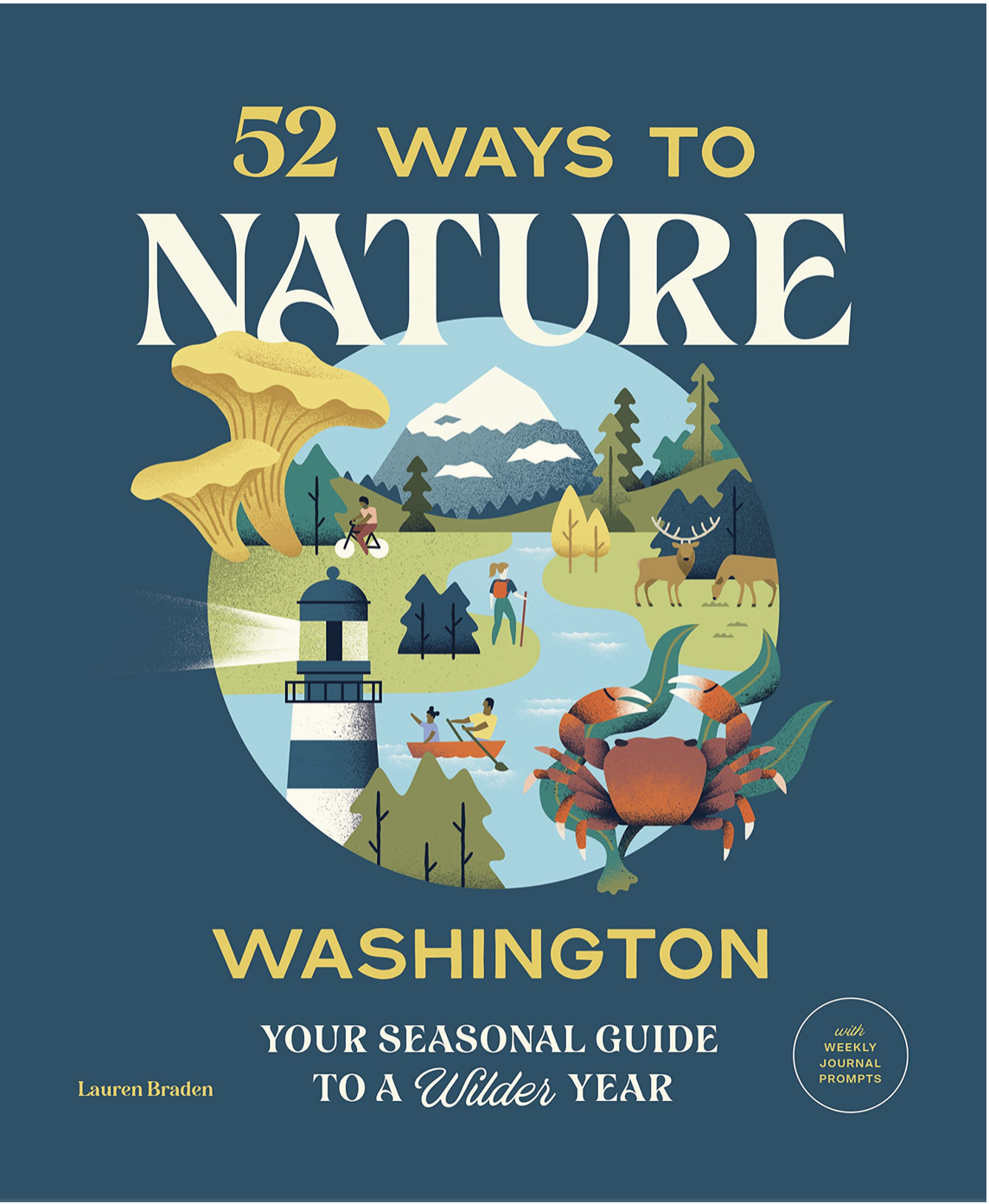

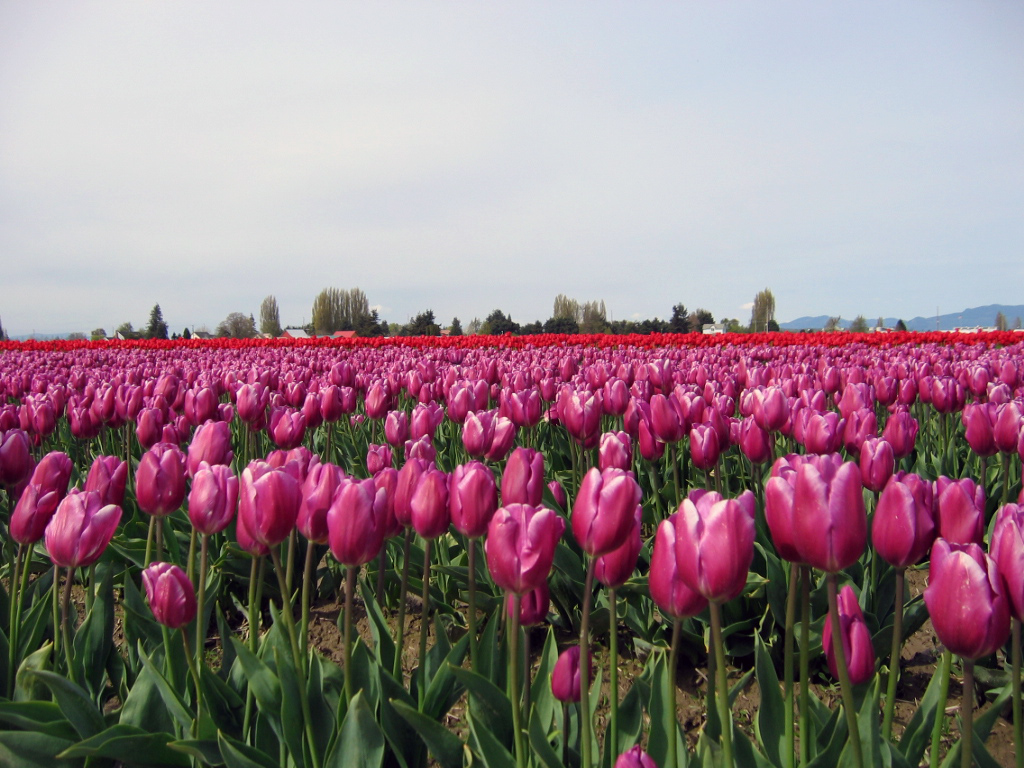
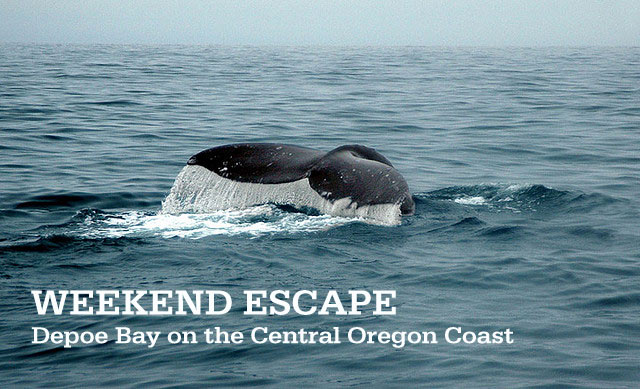

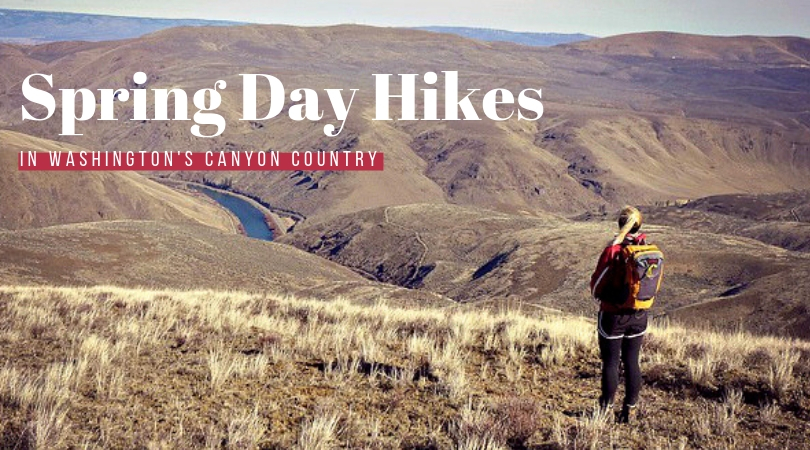

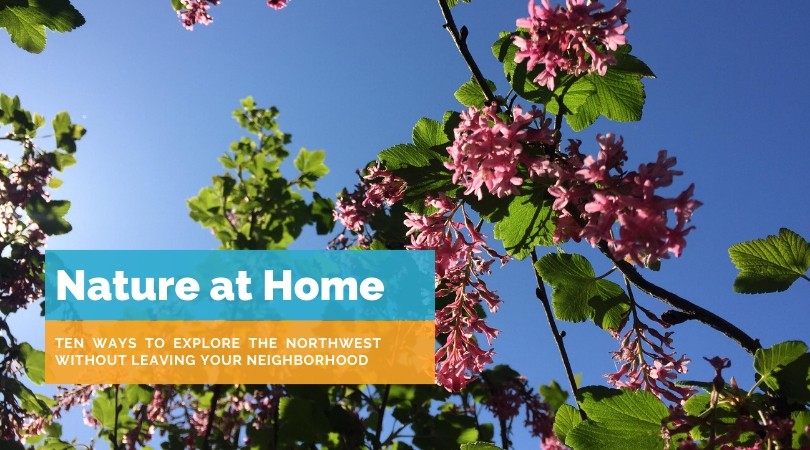

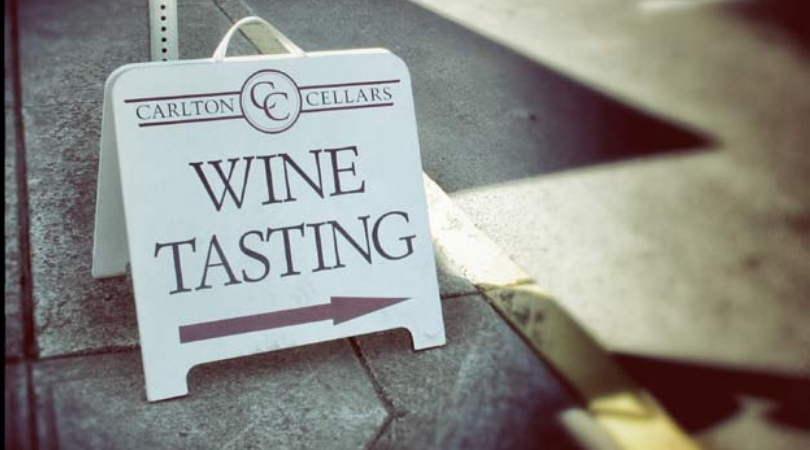

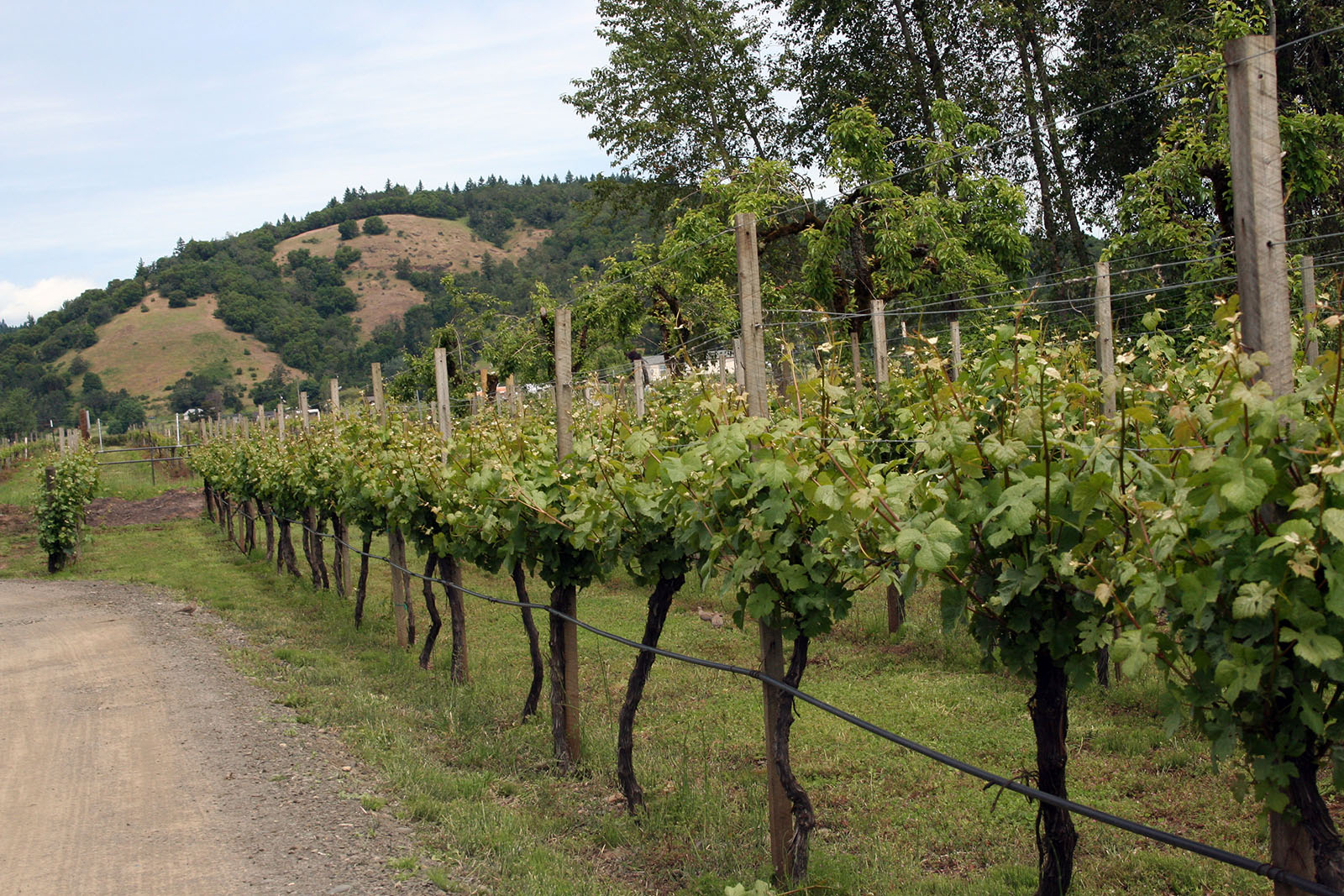

4 Responses
I tend to not trust private industry for public interest, see also, health insurance. Other than that, I’ve nothing insightful to add, but this sounds like it was a very interesting gathering and I wish I’d been there.
You should form a tourism association, with a sliding scale for dues, depending on whether a member is a person, a nonprofit org, or a for-profit corporation. Take over the functions of the state office, and snag that web site before it goes down.
@tourguidestan on twitter
Cheapsleeps, I’ll tell you why taxpayer dollars should go to promote tourism – because as you mentioned, tourism brings money into the economy that benefits private business (much of it owned by local citizens), supports and creates jobs, and increases tax revenues.
There’s another thing that tourism does, however – it kinda urges you to keep your public assets looking good, such as downtown and parks and cultural centers and trails and waterways . . . it’s like having guests over when you want to make a good impression. It puts everybody on a little bit better behavior, and makes everybody feel a little bit better, too.
But, let’s face it – it brings a lot of tourist money into town!
@MackMcCoy – love your second point. Word.
@tourguidestan, you’ve just described what the newly-formed Washington Tourism Alliance is doing. (no dues level for non-profit organizations yet, though. Good idea.)
@nerdseyeview I agree, and that’s why I’m uneasy about this model too. Again, the state basically killed the office so kudos to these industry folks for stepping up and doing something. But it’s not the best scenario. And it’s one more area of government for citizens and private NGOs to have to step in and be more directly involved in, too. (See also, volunteer trail maintenance with Washington Trails Association that used to be done by paid forest service employees). If a government agency isn’t promoting geotourism and the industry folks probably aren’t, there’s a big gap for us NGOs (and indie travel blogger types) to fill. BTW, I heard about this summit from an email from Visit Rainier sent to me at my day job. Saw it once or twice on twitter, too.